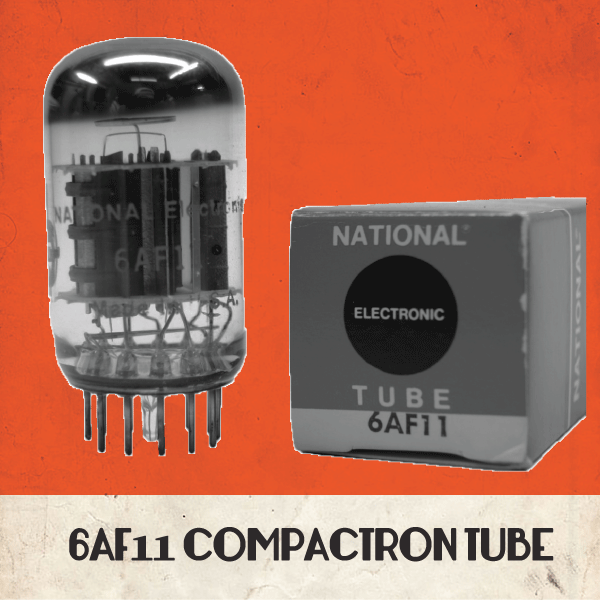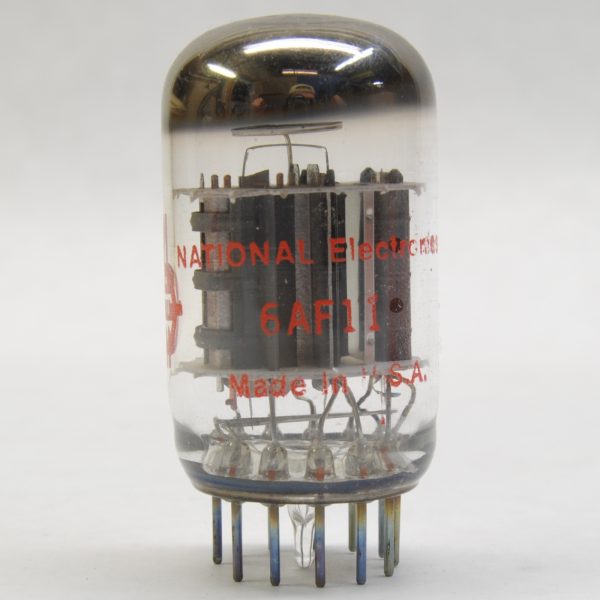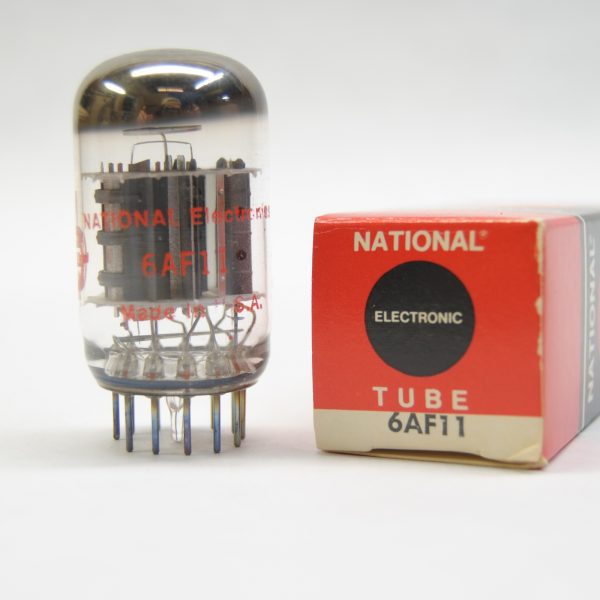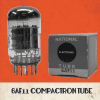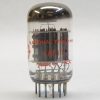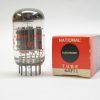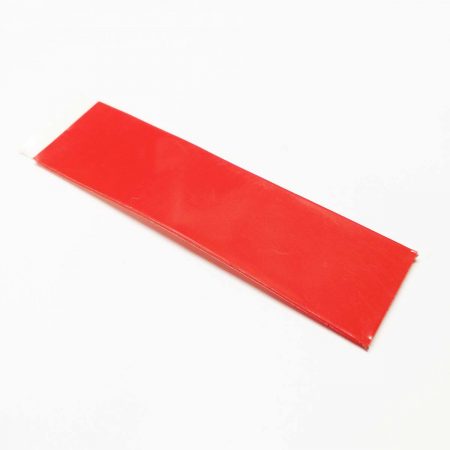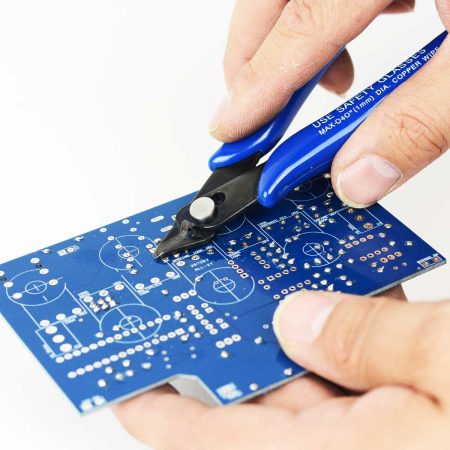Description
The Compactron Tube (valve) was developed by GE (General Electric) in the early 1960’s. Compactron tubes have multiple amplifier sections in one bottle. The Compactron 6AF11 has two triodes and one sharp cut-off pentode. That’s the same topology as the Fender Champ, but in one bottle! This tube was never intended to be used in an audio circuit (it was originally designed for use in various parts of a TV circuit), but it works and sounds great in a guitar amplifier. Since this tube is rarely, if ever, seen in guitar amps, it offers a rather unique tone.
Compactrons were developed in a time of fast technological growth. In the early 1960’s transistors were becoming more stable and practical for use in more demanding circuits. They also were much smaller and didn’t require as much power (via heating filaments). The tube market was being challenged and threatened by this new solid state competitor. The GE corporation (which was one of, if not the most prolific tube developers in the world at the time) was well invested in their miniature tube line and wasn’t too interested in making the transition to transistor development. So to compete with transistors and give tubes a few more years in the market, the engineers at GE developed the Compactron that could take the place of several tubes with just one bottle. It was the tube equivalent to the integrated circuit. They were mostly designed for use in the color TV market, but some of them did find their way into radios and hifi amps. Ampeg even used a Compactron in some of their preamp circuits.
GE made a big push to promote and use these tubes in their products, but eventually transistors did win the technology battle and tubes were altogether replaced in televisions, leaving large stockpiles of unused Compactrons in warehouses. The last Compactrons were made in the early 1990’s and are still readily available today as “new old stock” (NOS) items. The Percolator Amp, with its single Compactron tube, gives us a chance to re-purpose a piece of tube history, while offering unique tonality in this modern market.
For a step back in time, check out this article:
“Compactrons: Advance In Tube Design”, Electronics World, October 1960



